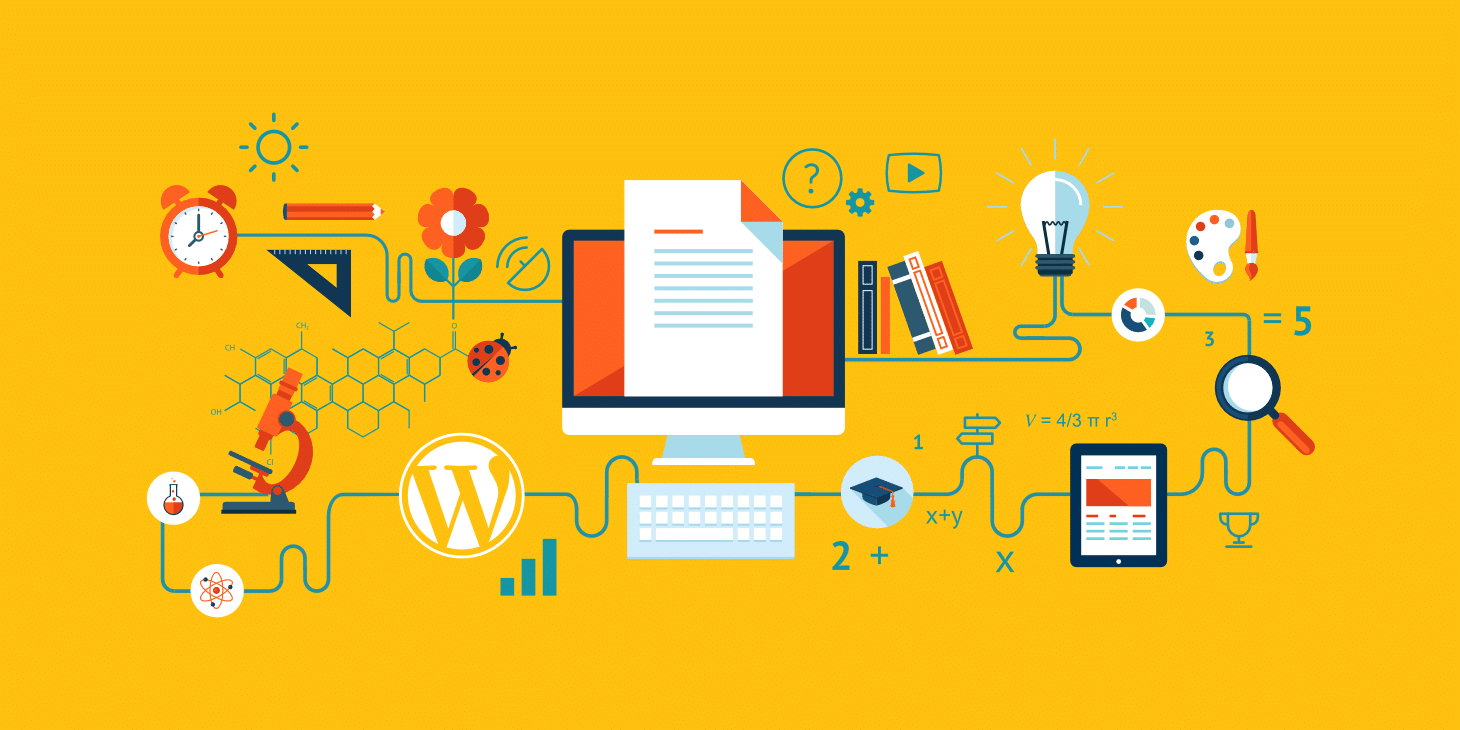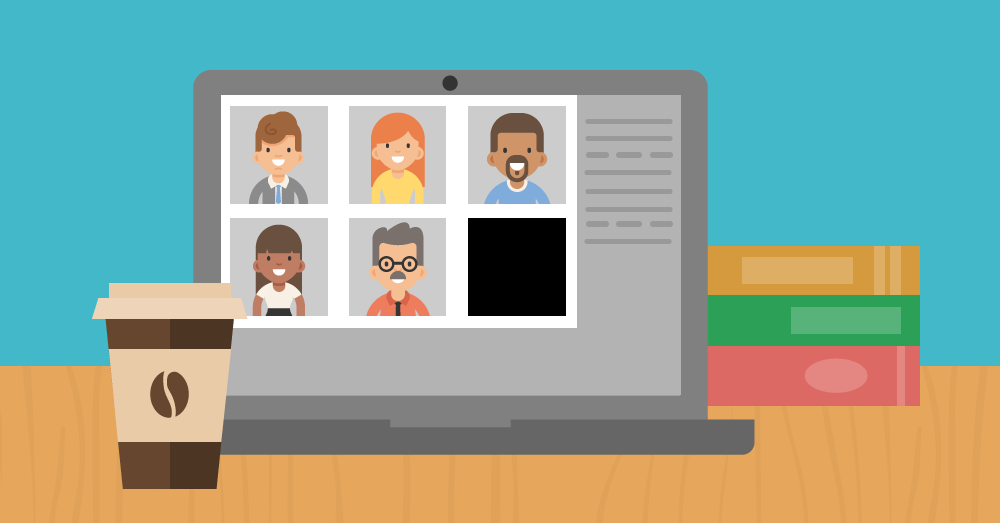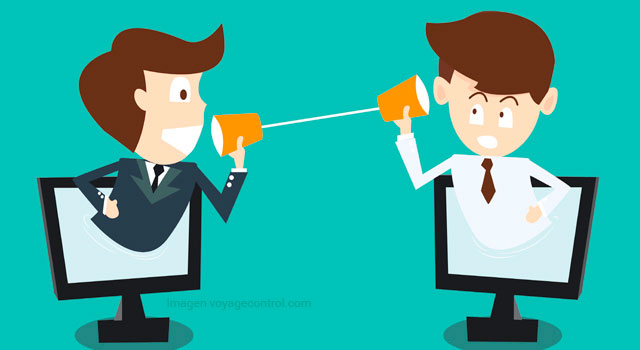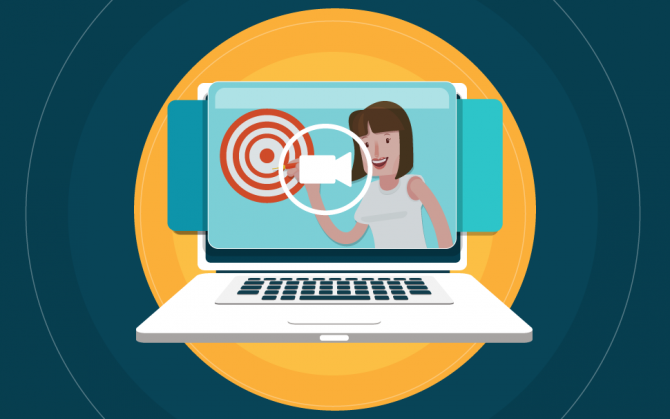E-LEARNING
Topic principal
LEARNING PLATFORMS
LMS
Definition
Computer system specifically developed to administer online courses.
Collaboration between student and teacher.

LMS allows to manage different aspects of a course.
LMS is the backbone of e-learning.

LMS are built on various platformsnly PHP, .Net or Java.
LMS hook up to a database such as PostgreSQL, MySQL or SQL Server.
Features
Easy GUI
The environment more aesthetically pleasing.

Customization
Language options, notification settings and other important features can be changed.

Enrollment
Online registration and payment through credit card or PayPal.

Virtual Classroom
Whiteboard systems for virtual classroom sessions and help you to schedule sessions too.

Social Networking
Share your content or news items via Twitter or Facebook etc.

Communication
A LMS may provide you with a chat room or a forum that you and your students can use.

Course pathways
Flexible work flow to set students on certain ‘learning pathways’.

Reports
Reports in excel that allow graphical representation of data.

Help with content creation
Being user-friendly.
Solid test environments.
Templates to attract students.
Topic principal
Types of learning
management systems
Open source LMS
Can grow quickly if they have enough interest and input.

Solid community foundation online with forums or email lists for user support.
Commercial LMS
Good documentation, product and support. Besides being more free and stable.

SaaS (Software as a Service)
Requires more maintenance and support.
The system is running on someone else's
server.
It will have a higher initial cost as you will have to pay for the software and installation.
It may be more cost effective in the long run.
Topic principal
Topic principal
Subtopic
LEARNING VS TRAINING

The characteristics of learning
Absorb and retain information.
Increasing skills and abilities to achieve goals.

Learn something specific.
Future challenges.
Equipment for unexpected and unspecific situations.
The characteristics of training
Development of new skills or skill sets that will be used.

New employee learns to perform day-to-day functions.
Tools to tackle current issues, develop life-long skills.
Good use of resources.

E-LEARNING IN EDUCATION VS. CORPORATE SECTOR

Learn anywhere and at any time
.jpg)
Corporate environment
Characteristics of corporate learning
Fast-paced.
Career-related.

Benefits organization.
Training vs. Education.
Return on investment.
Specific knowledge and skills.

Involving learners as participants.
E-learning can be translated to lower costs to deliver training.
Knowledge transfer.

Educational institutes

knowledge transfer and not training.
Learn things with global scope.

Convergence
Corporate e-learning professionals can learn from academic e-learning initiatives and vice versa.

THE FUTURE OF E-LEARNING
e-learning will be more viable and affordable
Internet connection speeds
are increasing.

Social media are also transforming
education constantly.
E-learning tools in the future
These will be
Micro-learning
Design of microlearning activities
through micro steps.
These activities can be incorporated into a learner's daily routines.

Gamification
Use of game thinking and game mechanics.

Personalized Learning
Tailoring of pedagogy, curriculum and learning environments to meet the needs and aspirations of individual learners.

The distant future:
Automatic learning

